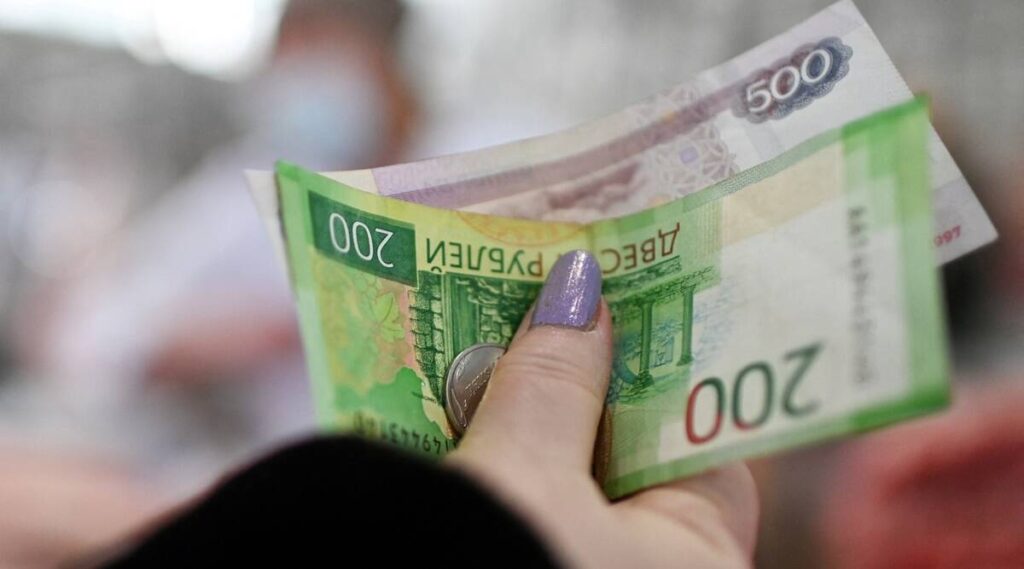The Russian rouble tumbled on Friday to the lowest levels against the dollar and euro since April 2022 in the face of a foreign currency crunch in Moscow and the sale of Western businesses in Russia.
The rouble tumbled to 113 to the dollar after President Vladimir Putin ordered the invasion of Ukraine in February 2022, though the Russian central bank and finance ministry stabilised the currency and it strengthened to 50 per dollar in July.
But since the West imposed a price cap on Russian oil – the lifeblood of the Russian economy – late last year the rouble has weakened from about 60 per dollar to more than 80 this week.
By 0630 GMT on Friday the rouble (RUBUTSTN=MCX) had slid by 1.1% against the U.S. dollar to 82.28 and by 1% to 90.06 against the euro.
Traders said the rouble was under pressure from a cocktail of problems including the sale of Western assets to domestic investors, which stoked demand for dollars, while lower oil prices in March cut export revenue.
The reported transfer of $1.21 billion to Shell for its stake in the Far East Sakhalin-2 gas project was cited by traders as a major factor in the fall of the rouble as the daily trade in the rouble-dollar pair is only about $1 billion per day, down from more than $3 billion a day before the war.
“Buying for the Shell deal is the main reason,” a trader at one of Moscow’s biggest trading desks said on condition of anonymity.
The trader said that the expectation in the market was that the rouble would strengthen against the dollar in coming days and weeks as Russian companies buy roubles for tax payments and on the back of higher oil prices.
“We are expecting a sharp strengthening of the rouble, for example, by 2% or more,” the trader said.
GLOBAL LAGGARD
The rouble is the third-worst performer among global currencies so far this year, behind only the Egyptian pound and the Argentine peso, Reuters calculations show.
Traders said that the recent rise in oil prices since last month’s declines are likely to support the currency in the coming weeks. Russia is the world’s second-largest oil exporter behind Saudi Arabia.
Oil prices fell in late March but has rebounded after banking turmoil in the West and an OPEC+ decision to cut output targets. Brent crude oil BBRN1! fell as low as $70 in late March but was trading around $85 on Thursday.
Amid a deficit of foreign currency, the central bank injected yuan liquidity via currency swaps this week.
The rouble fell 1.4% against the yuan to 11.96 (CNYRUBTOM=MCX).
Finance Minister Anton Siluanov made a verbal intervention on Thursday when asked by state television about the fall of the rouble.
“Prices for our energy have now gone up and this is a signal that there will be more foreign currency coming into the country,” he said. “Consequently, this will lead to the rouble rate having a tendency to strengthen.”



